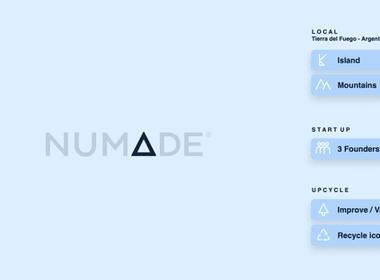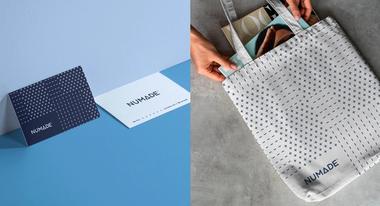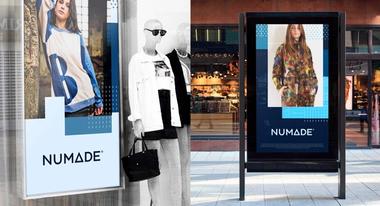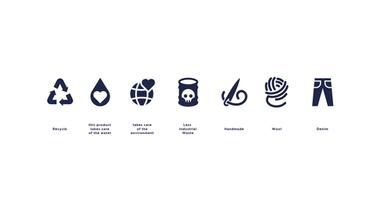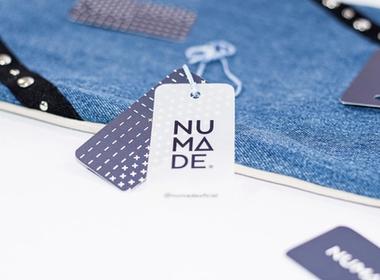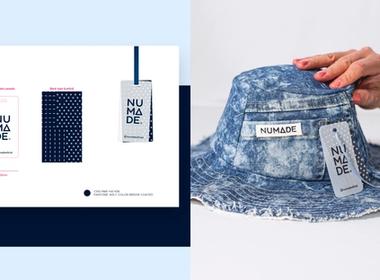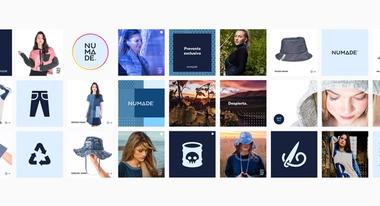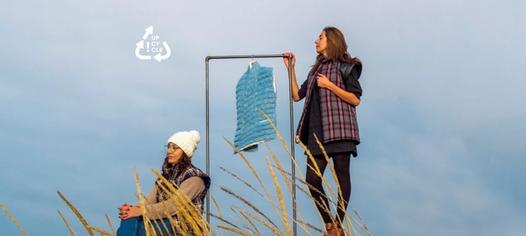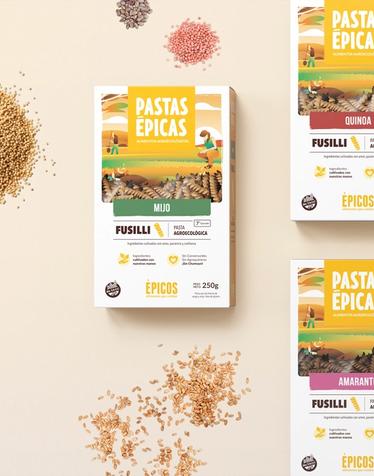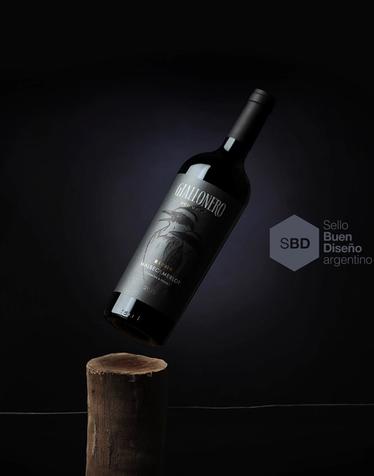Numade
These enterprising women from one of the southernmost cities in the world began to create sustainable apparel from disused clothing and discards from existing textile companies in Río Grande (Tierra del Fuego).
The brand's focus is not only on transforming different types of residues into high-value pieces but also on creating functional and attractive garments for everyday use.

Strategy
The strategy comprehensively guided both the development of the naming and the design of the brand identity. This brand rescues ancestral concepts from various cultures, pillars of what we know today as sustainability. The nomadic tradition of respect and adaptation to the ecosystem where it lives, and in other lands, the Boro and Sashiko, a Japanese tradition that arises from the transformation of disused scraps into garments with great significance and aesthetic value.
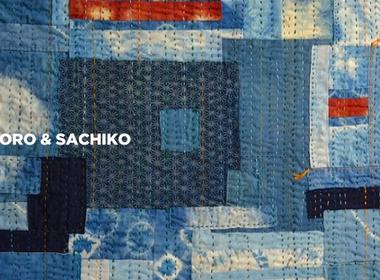
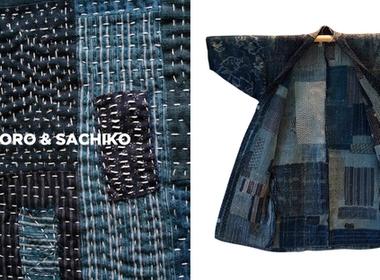

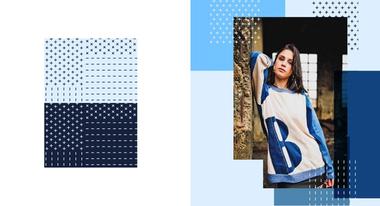
NAMING
NUMADE (NOMADE) This proposal originates from the term “nomad”. It is believed that humanity developed and populated the planet in a nomadic way, adapting to different external conditions, existing resources and their scarcity. Constantly on the go, non-sedentary. We combine this term with the terms nu (new) and made (made), resulting in a naming that appeals both to a new way of "doing", as well as to a practice or culture more linked to our origins and with an association with respect of the nature.
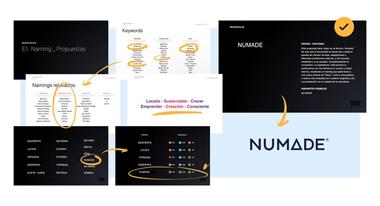
Brand
The triangle hid a lot of meaning for Númade, initially, there were 3 members who gave life to the project, in addition, not only does its geometry refer us to "the island" as the locals call Tierra del Fuego, but also some of the icons used to represent recycling. This element of great strength was incorporated into the logo as a distinctive gesture, taking advantage of the fact that the typeface used had a symbol character with this same shape. Númade's brand identity is a mainly versatile identity. It is directly based on the aesthetics of Boro-Sashiko using color planes and graphic plots such as the evocation of cloths of united and embroidered genres, which depending on their application, go changing and adapt to the support and the environment.


